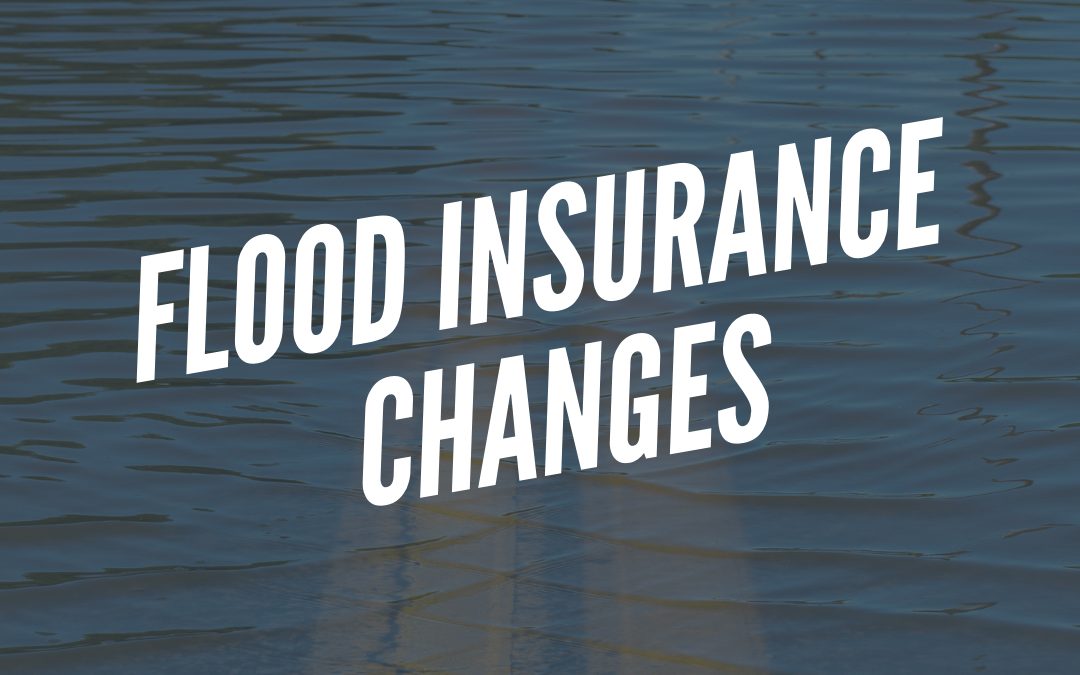The Federal Emergency Management Agency (FEMA) announced that it will be updating the National Flood Insurance Program (NFIP) pricing methodology through a new risk rating system. According to FEMA, this system—which is being referred to as “Risk Rating 2.0”—will leverage additional information and variables to help communicate policyholders’ flood risks more clearly, as well as deliver more accurate and equitable premium rates.
The NFIP currently provides nearly $1.3 trillion in coverage for over 5 million policyholders throughout the country. Under Risk Rating 2.0, approximately 23% of these policyholders will encounter premium rate decreases, whereas the other 77% will experience varying degrees of premium rate increases. FEMA confirmed that these rate adjustments will be implemented through a phased approach, with the first official rate changes beginning in October 2021.
Review this guidance to learn more about FEMA’s motivation for developing Risk Rating 2.0, how this new system will affect NFIP policyholders and the timeline for rolling out premium rate adjustments.
Reasoning for Risk Rating 2.0
FEMA’s current pricing methodology for the NFIP—which has been in place for nearly 50 years—primarily bases policyholders’ premium rates on static measurements. Namely, the existing system focuses on property elevation within a particular zone on the flood insurance rate map (FIRM).
Under Risk Rating 2.0, FEMA has integrated further flood hazard information into the NFIP pricing methodology—including private sector data sets, catastrophe models and actuarial science elements.
Under Risk Rating 2.0, approximately 23% of NFIP policyholders will encounter premium rate decreases, whereas the other 77% will experience varying degrees of premium rate increases.
Apart from property elevation, Risk Rating 2.0 also incorporates the following flood variables within premium rate calculations:
- Flood frequency
- Flood type (e.g., river overflow, storm surge, heavy rainfall and coastal erosion)
- Distance between a property and water source
- Property rebuilding costs
FEMA explained that the current NFIP pricing methodology has resulted in policyholders with lower-valued homes paying steeper premium costs than their share of flood risks, while policyholders with higher-valued homes have been paying lower premium expenses than their share of flood risks.
However, FEMA emphasized that by utilizing additional information and variables to determine NFIP policyholders’ premium rates, it will be taking a “transformational leap forward” in the scope of ensuring accurate and equitable rates for all homeowners. In other words, Risk Rating 2.0 is intended to establish fairer rates for policyholders based on their unique flood hazards and property characteristics.
What’s Changing
According to FEMA, the current NFIP pricing methodology has led to policyholders encountering average premium rate increases of $8 per month each year at renewal. After incorporating additional flood information and variables into the pricing methodology, FEMA provided that Risk Rating 2.0 will have the following impacts on current NFIP policyholders’ premium rates:
- Nearly a quarter (23%) of policyholders will experience premium rate decreases, paying an average of $86 less each month.
- Two-thirds (66%) of policyholders will encounter moderate premium rate increases, paying an average of $0-$10 more every month.
- The final 11% of policyholders will experience more significant premium rate increases—with 7% paying an average of $10-$20 more each month and 4% paying an average of over $20 more every month.
What’s Not Changing
Despite the various changes being implemented under Risk Rating 2.0, FEMA confirmed that these aspects of the NFIP will remain the same:
- Utilizing flood mapping—In addition to the aforementioned flood information and variables, the FIRM will continue to be incorporated within NFIP pricing methodology.
- Setting limits on rate increases—Statutory limits on premium rate increases will stay in place, meaning that most rates cannot rise by more than 18% each year.
- Offering discounts—A wide range of existing NFIP premium discounts will still be offered to eligible policyholders. This includes (but is not limited to) continuous coverage grandfathering, discounts for policyholders who belong to communities that participate in the Community Rating System and the transfer of policy discounts to new homeowners when properties change ownership.
Risk Rating 2.0 Rollout
In terms of the timeline for implementing Risk Rating 2.0, FEMA is adopting a gradual approach. As a result, the new system rollout will occur in two main phases:
- Phase I—This phase will start on Oct. 1, 2021. All new NFIP policies beginning on or after this date will be subject to Risk Rating 2.0. In addition, current policyholders who are up for renewal on or after this date and eligible for premium rate decreases under the new pricing methodology will be permitted to start paying reduced costs.
- Phase II—This phase will start on April 1, 2022. All current NFIP policyholders who are up for renewal on or after this date will be subject to Risk Rating 2.0.
For additional insurance-related updates and resources, contact us today.

